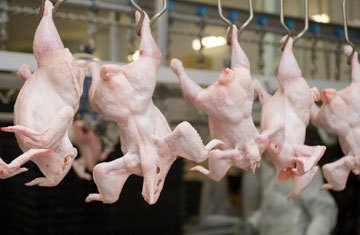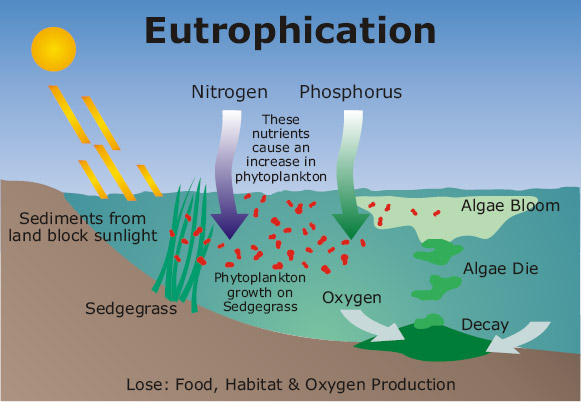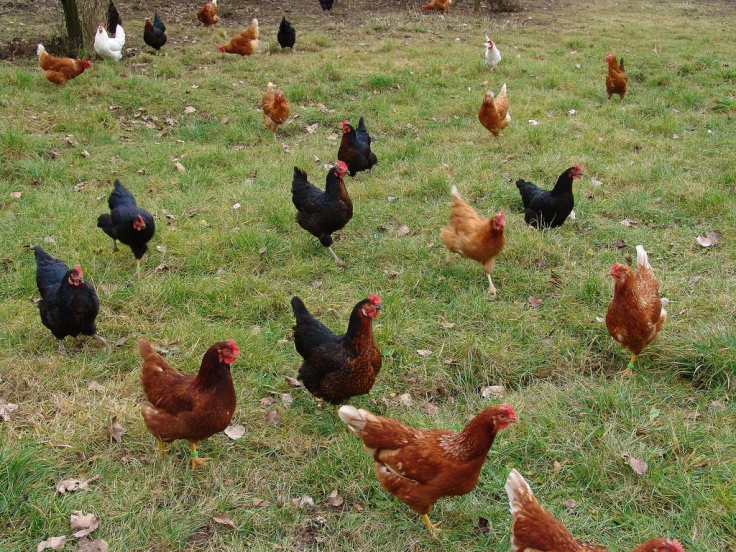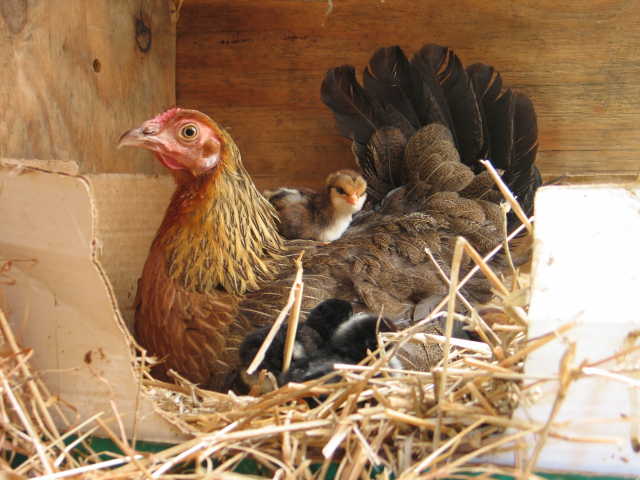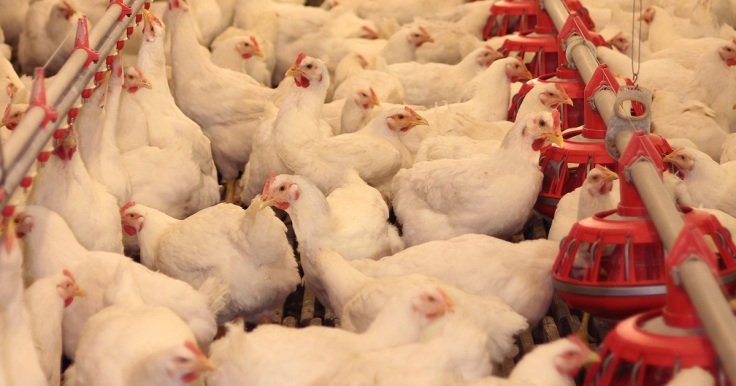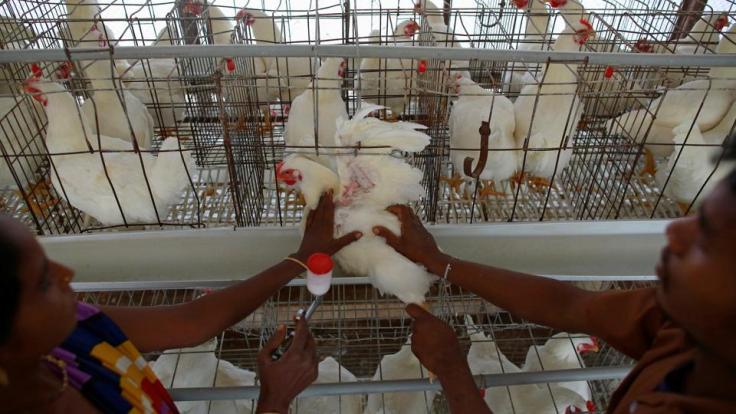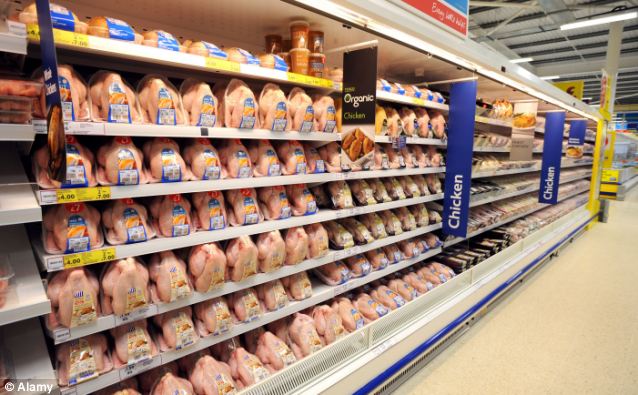Humans greatly benefit from animal farming, which produces, not only clothing but food. There have been numerous factors affecting the growth rate of chicken factories and farms worldwide, the two most important being stricter environmental regulations and an increasing demand for chicken and eggs.
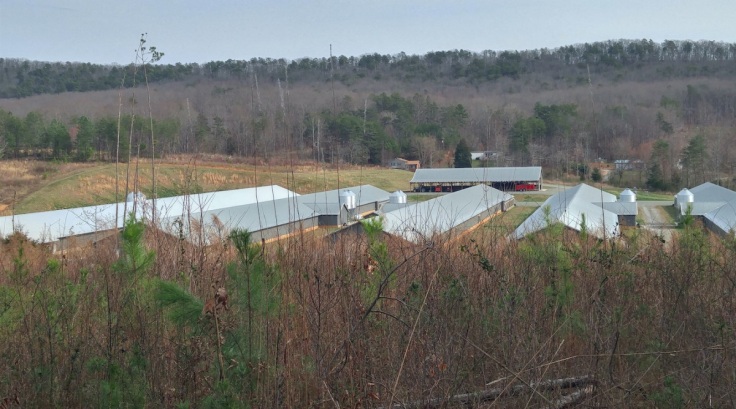
What has this increase of factories and farms brought us? These factories have brought harm to nearby residents, who have already established their home before the new factories have been built. In Surry County, North Carolina, many residents have begun to convert their land to chicken farms. However, other residents view these “farms” as industrial operations. Ricky and Donna Bryant are residents in Surry County and now live between four chicken houses, made by other residents. Mr. and Mrs. Bryant have lived in Surry County for 30 years and plan to retire there. However, since the chicken home conversions began, they have been thinking about moving, but they are afraid that no one would buy their home due to the chicken homes, factories, and farms expelling odor and pollutants to nearby homes (Gutierrez, 2015). Other residents have agreed with the Bryant family as the stench is unbearable. Many residents are afraid that their homes have now lost value due to the unbearable stench these farms are giving off.

In Central Valley (California), a Stockton Farming Accident Lawyer has written his take on poultry farms being built by nearby residents. Ed Smith addresses the harm of poultry dust that is being produced by these chicken factories. The poultry dust is being produced when chickens are being loaded onto trucks for transportation. The dust is getting caught between feathers of each chicken. The dust contains high concentrations of particulate matter, microorganisms, and other particles that may affect people’s respiratory tract. Some diseases that are associated with poultry dust include chronic airway obstructive disease, chronic bronchitis, and organic dust toxic syndrome. What these diseases have in common is shortness of breath and difficulty breathing (Smith, 2016).
References:
Brown, K. (2017, September 18). Poultry Farm Expansions In Western North Carolina Pit Neighbors Against Neighbors. Retrieved November 26, 2017, from https://www.wfdd.org/story/poultry-farm-expansions-western-north-carolina-pit-neighbors-against-neighbors
Journal, B. M. (2015, March 22). Paying the price of living too close to chicken farms. Retrieved November 26, 2017, from http://www.journalnow.com/news/local/paying-the-price-of-living-too-close-to-chicken-farms/article_f2388f9e-d027-11e4-ba11-73ce89526f16.html
Mimi Kura, Student at University Malaysia Terengganu Follow. (2014, April 30). Indoor Air Particulate Matter. Retrieved November 26, 2017, from https://www.slideshare.net/aimininsyirah/indoor-air-particulate
PETA. (n.d.). 21 Things the Egg Industry Doesn’t Want You to See. Retrieved November 26, 2017, from https://www.peta.org/features/egg-industry-cruelty/
Smith, E., M., A. &., B., T., A., M., J., D., S., & M., D. (2017, July 19). Unknown Hazards Living Near Poultry Farms. Retrieved November 26, 2017, from https://www.sacramentoinjuryattorneysblog.com/2016/11/poultry-farms.html

